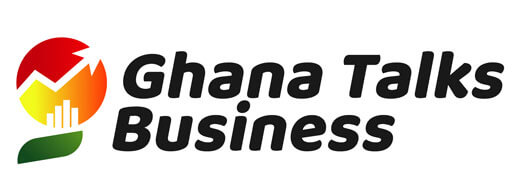
The Gulf Cooperation Council (GCC) economies have achieved a remarkable transformation over the past 30 years. Saudi Arabia and its smaller neighbouring countries Bahrain, Kuwait, Oman, Qatar, and the United Arab Emirates were once at the economic periphery of the world’s trading system. The discovery and systematic production of oil since the 1960s has changed this narrative fundamentally, as petrodollars have enabled the GCC to advance into one of the world’s wealthiest regions, stylized by the ultramodern skylines of cities such as Dubai, Riyadh, and Doha.
The price of this fast-track, oil-fueled development has been the region’s high dependence on oil export revenues (and in the case of Qatar, also of liquified natural gas, of which it is currently the largest producer in the world). Saudi Arabia in particular is not only a major player on oil markets and within OPEC, but also the region’s largest economy that shares its vulnerability to sliding global oil prices with its smaller GCC neighbours.
Unsurprisingly, the collapse in oil prices since the summer of 2014 has raised concerns over the long-term stability of the GCC economies, even more so in view of what may yet be a prolonged period of low oil prices.
Observers are right to be concerned. The 2000s saw expanding state budgets and welfare payments, in part linked to a decade of rising global oil prices that peaked at a stable range of around $100–110 per barrel between 2011 and mid 2014. The spending bonanza of the late 2000s and early 2010s in many parts of the region followed ever-expanding government revenue surpluses; but it also reflected regional governments’ conscious choice of channeling their oil windfalls to their populations in the aftermath of the outbreak of political uprisings in many parts of the Arab world (the “Arab Spring”). Oil and gas export revenues are the principal source of export income in the GCC, accounting for over 90% of total export revenues in countries such as Qatar and Kuwait, and well above 85% in Saudi Arabia. With no income or corporate tax in these countries, oil and gas export revenue supply well over 90% of total government revenues.
The recent sharp decline in the oil price has undoubtedly altered the economic outlook for the GCC economies as a whole. After a period of sustained real GDP growth, which averaged around 5.8% during 2000–2011, the IMF projects growth rates to slowdown to 3.4% in 2015 and 3.2% in 2016. Also, after achieving large fiscal surpluses that averaged 12.4% of GDP during 2000–2011, the GCC countries are projected to run fiscal deficits of 7.9% and 3.6% of GDP in 2015 and 2016.
After an initial “wait and see” strategy, GCC oil producers have by now come to realise that the current oil price decline is no short-term phenomenon, and that causal factors including continued oil market oversupply and weaker than expected demand growth imply that oil producers will need to deal with a lower oil price band for yet some more time.
And yet this shift could become a key chance for the region’s economies. The massive inflow of export revenues during the last few years thanks to the large increase in the value of crude and natural gas exports during the late 2000s and early 2010s reduced the pressure for structural reform in the GCC economies. But that pressure has returned; by January 2016, several GCC countries announced far-reaching economic reforms that used to be unthinkable merely a few years ago. One of them is the reform of domestic energy pricing and subsidies in a region that used to be known for charging among the world’s lowest rates for fuel, gas, and electricity. From a political standpoint, the region’s subsidy reforms of 2015 and 2016 are a success not only for the GCC but for the wider Middle East region, as they demonstrate that painful economic reform is possible without triggering the for-decades-feared specter of large-scale protest.
The other big component of this opportunity is the acceleration of overdue reform in other market segments: education and labor markets, investment terms, and the role played by private investment into the region’s infrastructure and service sector. Regional policymaking will also need to pay much closer attention to a relatively new but increasingly popular concept in the region: sustainable growth well beyond the 2030s, based on high-skill jobs and diversified national economies. Within the GCC, sustainable growth will be determined by what current and future policies hold, and by whether their oil-rich economies can diversify enough to do a lot more business with a lot less oil.
Credit: hbr.org








